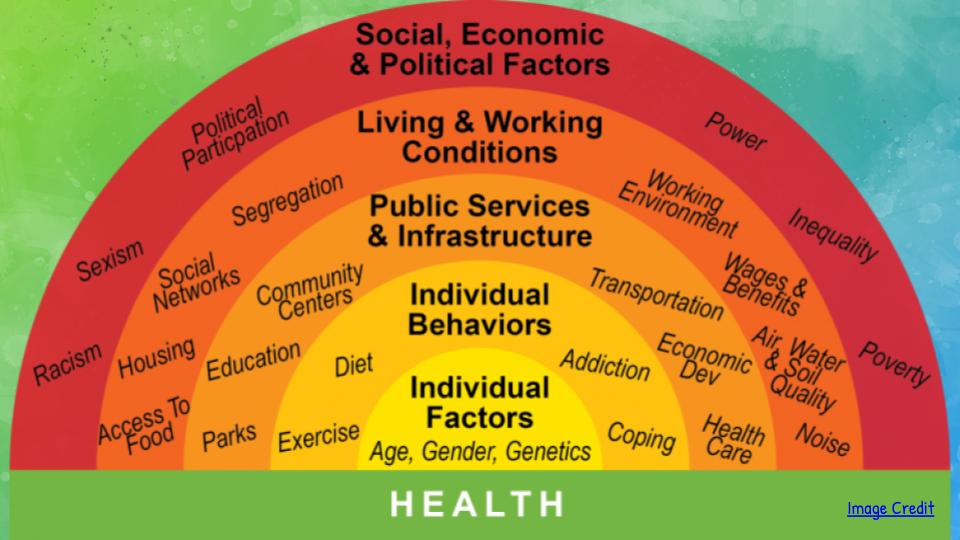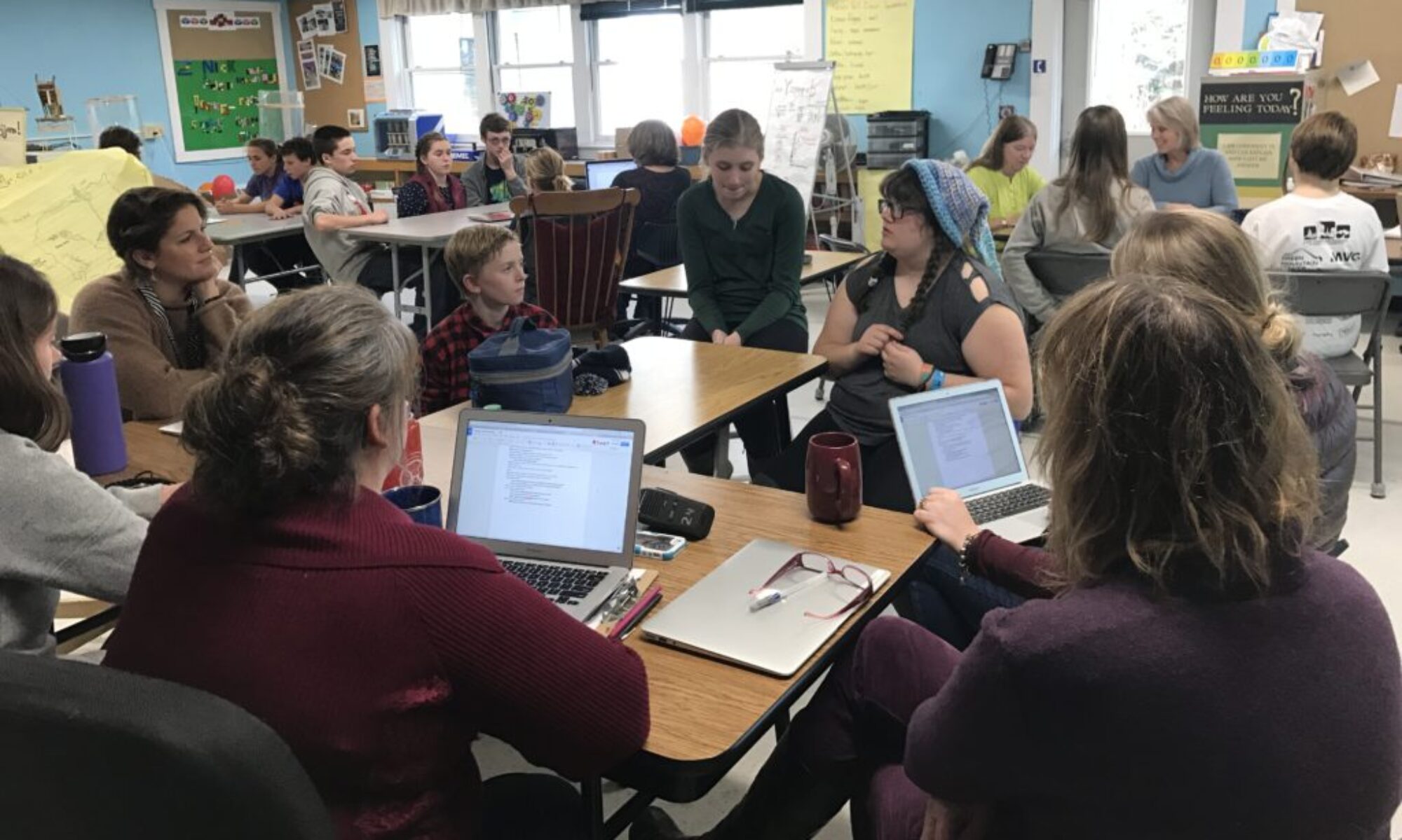If you want to know what an organization prioritizes, examine its budget. If you want to know what educators care about, look at their curriculum.
Curriculum is perhaps the most concrete representation of educational values.
Students’ day-to-day experiences are rooted in their direct engagement with this bundle of lesson plans, materials, and assignments. We package these bundles into units that, in their finest form, have the emotional heft and narrative arc of good stories.
The stories our curricula convey have a huge amount of power in terms of how students learn to think and navigate the world. A culturally responsive curriculum seeks to ensure students think appreciatively and critically about themselves and others. And that they see themselves as positioned to make the world a better place.
Culturally Responsive Practices
Culturally responsive practices (CRP) are the best way we know to create equitable educational systems and develop critical consciousness in all of our students. We’ve highlighted four themes from the research literature:
- Be transparent and intentional about culture.
- Take an appreciative stance.
- Provide mirrors and windows.
- Educate about and for social justice.
Let’s take a look at a couple of units to see how these themes show up in well designed, culturally responsive curricula.
Equity, Identity, and Art
Christie Nold teaches 6th grade social studies at Frederick H. Tuttle Middle School in South Burlington. She designed a unit that centered social identity. It culminated with students working with teaching artists to express their learning.

She designed the unit based on standards, starting with an appendix to the C3 standards which include the expectations that students can “Explain the social construction of self and groups.” And she relied heavily on the Social Justice Standards from Learning for Justice (formerly Teaching Tolerance).
Above all, Christie intentionally positioned this unit at the beginning of her curricular sequence so that students applied their learning throughout the school year.
“I find it’s really important to start by knowing ourselves…it was important to me that students have this opportunity to dive pretty hard into who they are and how that informs the way they see the world before they then started looking at other aspects of parts of our world.”
Early in the unit, Christie introduced tools that would allow students to tackle challenging topics and discuss them in a mutually brave space. Learning and dialogue about race are supported by the agreements and compass from Courageous Conversations (See the page on community building at the NMAAHC Talking About Race site if you are interested in checking out those tools.)
1. Be transparent and intentional about culture
The entire unit is based on social identity. Cultural identity is an aspect of social identity in so far as cultural markers show up as part of who we are.
For example, in the video one of Christie’s students explains the cultural iceberg. And she does this without looking at notes or props. In essence, she did it right off the top of her head. In effect, her grasp of culture and social identity outpaces that of most adults. And that’s because of the intentionality of the unit design.
2. Take an appreciative stance
Educators show trust in their students when they engage them in complex and potentially challenging learning.
As students explored their identities in this unit, they learned to appreciate different facets of those identities:
- Those they were born with.
- Parts they had the power to choose.
- And the way society shaped and viewed facets of their identities.
When they shared (what they wanted to) with classmates, it was in a context of mutual appreciation for each others’ differences. As a result, the underlying theme was that diversity is a collective asset.

Students learned that the unchosen aspects of their identities make them no better or worse than anybody else. Taking an appreciative stance means uplifting every part of identity or culture that is supportive of equity, inclusion, and love.
So for example, while white racial identity may be connected to a history of oppressive acts, students learned about ways to build an anti-racist white identity. Students can critically examine how their identities are positioned within society while choosing to leverage and lean into the most positive versions of those identities.
3. Provide mirrors and windows
Christie used literature to expose students to a diverse array of identities. Over the course of the unit she used two readaloud texts, Refugee and Ghost Boys to expose students to central questions about identity and equity.
Additionally, Christie taught students directly about the windows and mirrors concept. Then, students filled out influencer charts about the books they read and the relationships they had.
And finally, Christie was mindful of her own identity and the fact that most teachers are also white women.
“The impetus for the project was really to allow space for students to engage with who they are as people in the world and what that means and also to engage with folks closer in identity to them or farther in identity from them but either way don’t often represent the trajectory of educators that they have in their lives.”
The teaching artists who worked with students at the end of the project brought their whole human selves to the work.
4. Educate about and for social justice
Christie’s students explored, discussed, and applied powerful concepts such as bias in advertising, the pyramid of hate, and systemic oppression.
In the culminating project, students influenced the world through art. Students used poetry, storytelling, or visual art to express their learning about their own identities and/or the change they hoped to see in society.
As students reflected on the unit, their commitment to social justice came through loud and clear.
- “It was great to learn about who I am and where I fall in this society and how I can affect others with what I do.”
- “We are the next generation of adults so we have to move our world into a better place.”
- “Since we are young we should know about this right now.”
Yeah, these students are verifiably awesome. And intent on changing the world.
Health for all
In another powerful example of culturally responsive curriculum, Lindsay McQueen, a health educator at Edmunds Middle School, in Burlington VT, used the equity literacy framework to transform a 7th and 8th grade health unit. The original unit was about personal choices and health. But Lindsay’s revised unit critically examined health disparities, along with the systemic conditions that lead to them.
Unit questions:
- To what extent is health determined by individual choices and behavior?
- Factual: What is the difference between health equity and inequity/disparity?
- Conceptual: Why do health disparities exist?
- Actionable: What is important to teach our community about health and equity?
Using the Health Rainbow and carefully planned instruction, Lindsay moved her students from focusing on individual factors and behaviors impacting health to the social, economic, and political factors impacting health. Certainly, this is a powerful reframing and one that incorporates all four of the themes of culturally responsive practices.

1. Be transparent and intentional about culture
By moving from individual factors to social factors, Lindsay challenged the assumption of cultural sameness. She intentionally named and examined different cultural experiences.
For example, living and working conditions, public services and infrastructure, and social, economic, and political factors all combine to create social determinants of health. As a result, students looked closely at systems of privilege and systems of oppression and how they impact cultural groups.
2. Take an appreciative stance
Lindsay deliberately named the social systems and structures that either foster health or promote illness. In doing so she shifted blame for poor health from individuals to systems that disproportionately over-serve some and under-serve others. This curricular shift moved Lindsay and her students away from a deficit approach. It helped them better understand systemic inequities that lead to poor health outcomes. Thus, instead of judging the choices of individuals, especially marginalized individuals, they examined societal factors limiting personal choices and exacerbating health issues.
But in addition to using a strengths-based approach to frame the content of the unit, Lindsay extended an appreciative stance to her students by engaging them as problem-solvers and engaged community members. Then, students chose areas of interest and created PSA’s or took action to educate their communities about health disparities.
3. Provide mirrors and windows
Lindsay reports that most health curricula focus on individual behaviors: diet, exercise, substance abuse prevention, and stress management. But she asked students to consider that our choices are not made in a vacuum. Instead, they happen in the context of widely varying environmental and cultural conditions. Lindsay shares: “We watch this short video and really identify that health disparities are avoidable and unjust, and they are differences in health among groups of people.”
Instead of assuming everyone has the same conditions as themselves, students examine conditions experienced by others. For example, how close is the nearest supermarket, or how many e-cig ads are you exposed to?
Specifically, her students examine the systemic conditions relating to health for various cultural and identity groups. Moreover, her instruction asks students to step into the shoes of those whose lived experience is different from their own. Finally, they consider the health outcomes of such experiences.
4. Educate about and for social justice
A critically conscious approach often begins with essential questions. Lindsay’s unit questions asked students to consider issues of justice. Classroom activities like Unfortunate or Unjust encouraged students to use a justice lens to think deeply about health. As a result, the dialogue allowed students to practice applying critical consciousness to different topics. Lindsay says:
“There was some really interesting conversation among students. It’s not necessarily at that point in time that we say this is definitely unjust, but it allows for the conversation to happen where some say, well, that’s just too bad, but someone has to. Not really understanding how communities are intentionally placed. Not understanding yet that where landfills are built or power stations is intentional.”
And so some of that again is just sparking that raising that critical consciousness around what they’re thinking. Why sometimes some of the unjust statements would actually start off as kids thinking that they’re unfortunate.”
And finally, returning to the health rainbow allowed them to put it into the context of oppressive systems like racism and sexism.
“Kindness Kits” for the win
One group of 7th graders interested in the impact of gender inequities on health created “Kindness Kits.” Each kit includes menstrual pads and they are available to anyone who needs them. Other students created slideshows and video PSAs. Here is what students said about their learning:
- “I would hope that it would help open a conversation about gender equity.”
- “I hope that from my PSA, people who are part of the LGBTQ+ community will ask for help when needed and can talk to anyone and feel more comfortable around anyone.”
- “It will help raise awareness to racism because it’s not talked about enough.”
- “I think the main idea was to educate people on this issue [mental health and the criminal justice system] because it is not talked about enough.
How might you make your curriculum more culturally responsive?
In conclusion, critically examining units of study can be a first step to developing culturally responsive curriculum. As a result, you can revise and reframe your instructional plans like Lindsey did. Or adapt commercially designed curriculum materials. Or you might be starting from scratch. Whatever your starting point, we hope these questions will guide you as you work towards more just curricula.
Be transparent and intentional about culture
- What cultural perspectives are represented in your instructional materials? Is there a singular perspective or are diverse points of view included?
- Do you name dominant cultural narratives or traditions rather than assuming they apply to all and thus reinforcing them as the norm?
- Does the curriculum present diverse ways of knowing and being?
Take an appreciative stance
- Who, individually or collectively, play leadership roles or have agency? Who is portrayed as powerless or as a victim?
- Are cultural strengths from different identities and groups highlighted and celebrated?
- Who feels empowered and affirmed? Who feels disempowered?
Provide mirrors and windows
- Who is represented in the materials you use? Who isn’t? Are you being transparent about representation with your students?
- Does the unit or curriculum include visual images? Will every student see people like themselves? Similarly, will every student see people different from themselves?
- Are the experts and examples you cite diverse and representative?
Educate about and for social justice
- What critical questions focus the unit? How does the unit explicitly challenge the status quo?
- Are there opportunities to examine and question systems and structures that oppress or elevate some groups and not others?
- Do learners have opportunities to take action to make their community or the world more just?
Consider checking out these Culturally Responsive Curriculum Scorecards for an even deeper dive. And let us know how you are making your curriculum more culturally responsive, we’d love to learn with you!
This post is the third in a four-part series. In part one we identified four aspects of culturally responsiveness: cultural transparency, an appreciative lens, windows and mirrors, and a focus on social justice. In part two we used these four aspects to explore culturally responsive learning environments. In part four we use the four themes to look at instruction and assessment. The series is co-authored by Jeanie Phillips and Life LeGeros.



Your point of view caught my eye and was very interesting. Thanks. I have a question for you.